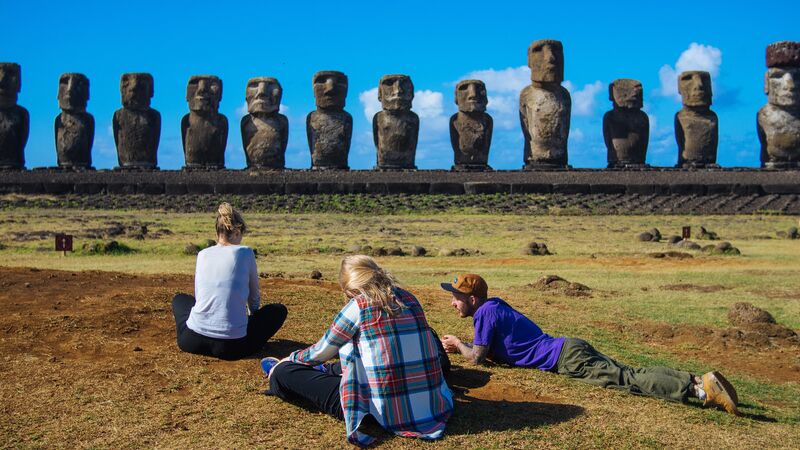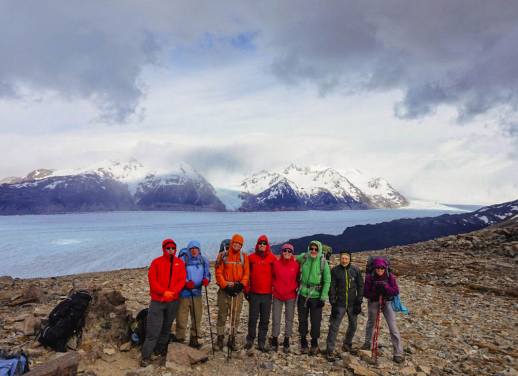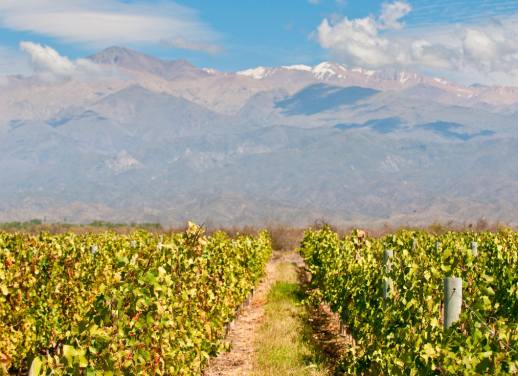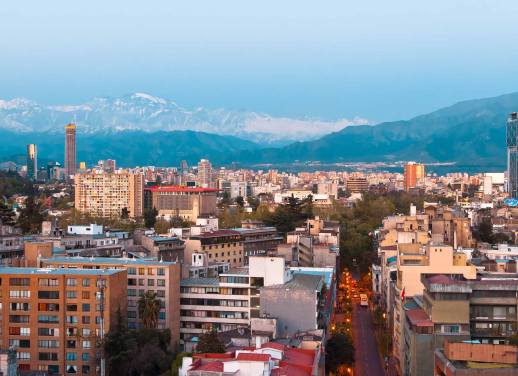Welcome to Rapa Nui, also known as Big Earth or Easter Island, one of the world’s most remote (and mysterious) civilisations.
This tiny dot in the middle of the Pacific Ocean, which also goes by the name te pito o te henua (navel of the world), might be a long five-hour flight from Chile – but this is a destination well worth the travel time. Trust us.
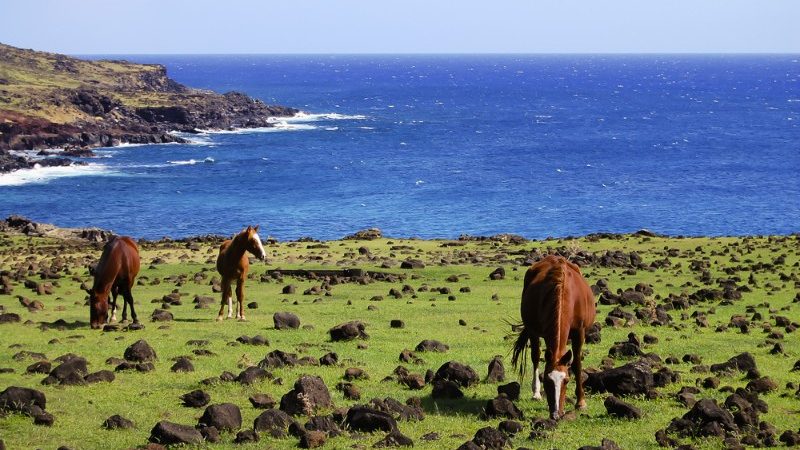
Photo by Adwo.
Rich in iconic legend, home to a unique indigenous culture, and boasting near-perfect weather year-round, Rapa Nui is so much more than just its moai stone carvings. Although, don’t get us wrong, the logic-defying moais need to be seen to be believed.
INTRIGUED? EXPLORE EASTER ISLAND ON OUR 4-DAY EASTER ISLAND ADVENTURE NOW
If, like many adventurers before you, you’re feeling that magnetic pull, here’s everything you need to know about exploring Easter Island:
1. The whole island is one big mystery
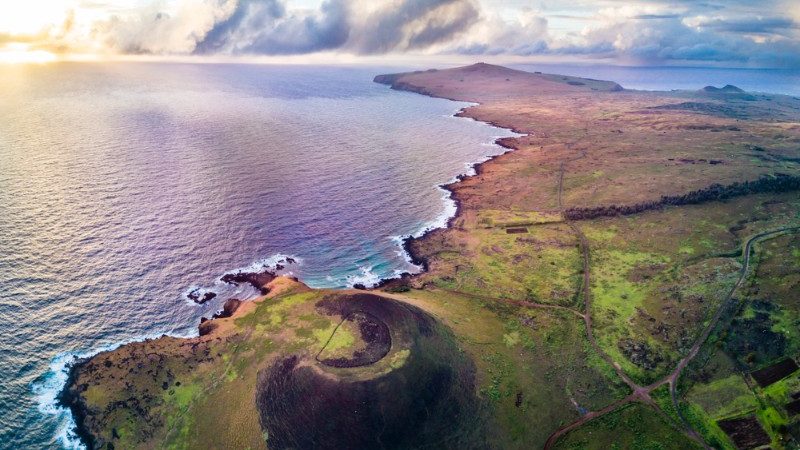
Photo by abriendomundo.
The question of how, when and why Rapa Nui came to be first inhabited is one of mysterious, albeit debated, legend. I mean, Chile, the next nearest landmass, is over 2,700 kilometres away. The idea of ancient peoples crossing this rough sea and landing at Rapa Nui either on purpose, or perhaps by accident, is incredible to imagine.
The most accepted theory is that a bunch of Polynesian seafarers navigated their way to the island around 400 AD, using the stars and ocean to plot their course. Which is amazing in itself considering the European world was still hanging around, too scared to sail because they thought the earth was flat.
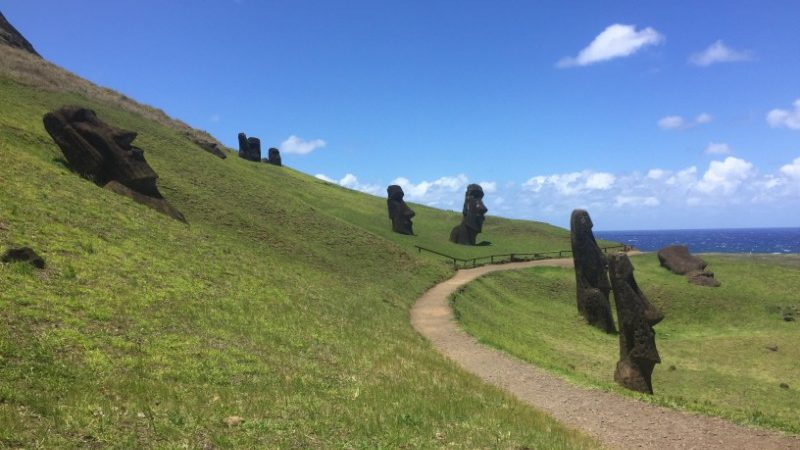
Photo by Kym Campton.
Then there is the question of the moai – those giant stone heads for which the island is famous. Known as the ‘faces of the ancestors’, hundreds of these huge portraits once stood on platforms all around the perimeter of the island, like brooding sentinels of the sea. What is mind-boggling, however, is the logistics behind these carvings. Each moai stands at least four metres high and weighs in at a hefty 80 tons. That would take at least a hundred people to drag across the island. You see? Mind boggled.
CHECK OUT OUR FULL RANGE OF SMALL GROUP ADVENTURES IN CHILE NOW
2. Water sports are a thing
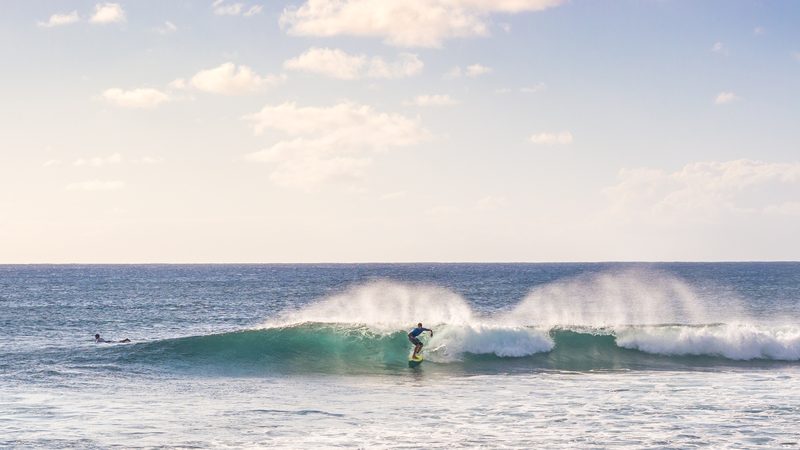
Photo by Sergio TB.
Considering its status as an island, it should come as no surprise that the Rapa Nui way of life depends on the tides. You can snorkel, you can swim, you can definitely go scuba diving (you can even see a moai statue underwater). That said, I was surprised to learn that the island came with a surfing history. Word on the street is that when the early arrivals sailed from Polynesia they came with crude boards which they used for travel and fishing.
Then in the 1990s, the island hit the world surf scene. Ever since, surf pros have been making the trip out to try their hand (well, feet technically) on the local waves. If you’re a surf master, or just a new kid on the break, the best time of year to surf is during the island’s winter months (January and February). But waves are pretty consistent all year-round. Classes are informal – it’s more of a ‘find a local who is keen to show you the ropes’ situation. But if you’re a water baby, this is definitely an afternoon well spent. After all, who else can say they’ve surfed Easter Island?
SUBSCRIBE TO INTREPID’S NEWSLETTER FOR TRAVEL TIPS, COMPETITIONS, GIVEAWAYS & MORE
3. You can witness a sacred volcano ceremony
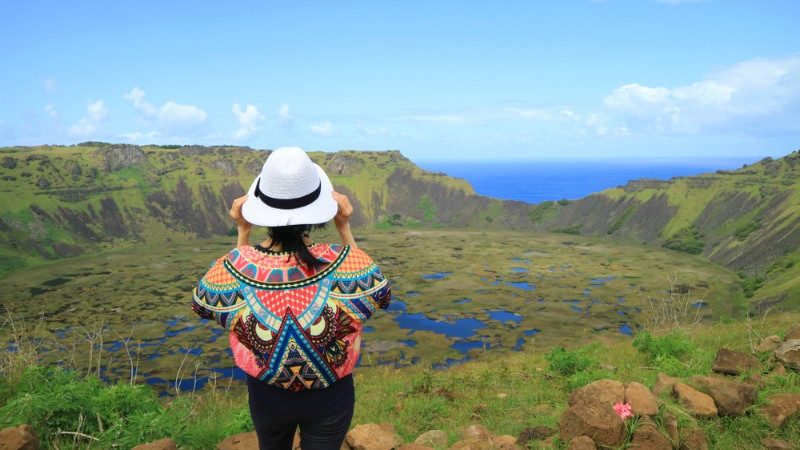
Photo by lovelypeace.
Orongo village is one of the island’s most special sites. Set atop the southwestern ridgeline of the the extinct Rano Kau volcano, this is a sacred place where the local community perform their ancient rituals.
This village was originally inhabited by the chiefs and VIPs of ancient tribes, who hoped to collect the first sacred spring egg of the manutara bird. The first stone houses here are said to have been built in 1400AD, and inside some of these houses are paintings thought to be related to the bird-man ceremony. Today, the village is still used for sacred ceremonies.
A little tip: Orongo is well-worth a visit at sunset, when the light lands on the houses and petroglyphs.
RELATED: CHILE BEYOND PATAGONIA: 4 DESTINATIONS YOU DON’T WANT TO MISS
4. Life’s a beach
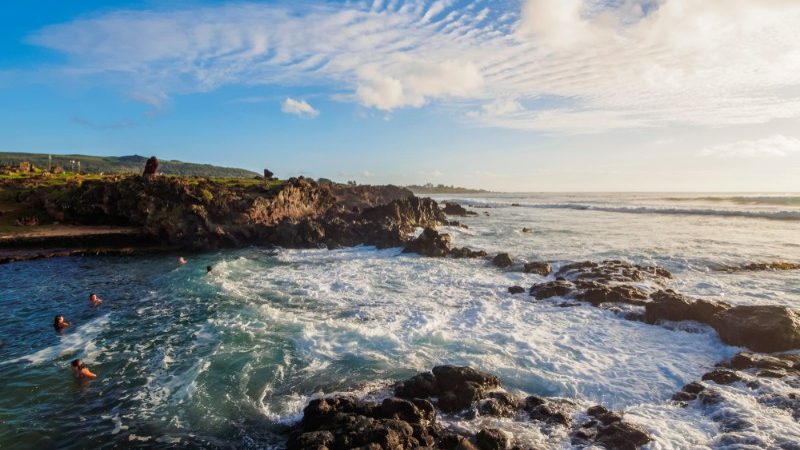
Photo by Karol Kozlowski
When on the island, everywhere you look there is a view to the ocean. There are rolling crystalline seas flagged by pristine white sand beaches, swaying palms, and volcanic soils. It’s the best kind of remote paradise.
It’s also got near-on perfect weather year-round and the kind of relaxed local vibe that you come to expect from island life. The locals are friendly and welcoming, excited to share their culture and their bounty of nature’s best with foreigners. If you ask for directions, they’ll likely tell you to head to Anakena, the island’s most famous beach. It’s a rugged, isolated delight that’s perfect for an afternoon of hammock and chill. You better start embracing the Easter Island life.
RELATED: BOHEMIAN BAÑOS: THE HIGHLIGHT OF MY YEAR IN SOUTH AMERICA
5. You should always eat the seafood
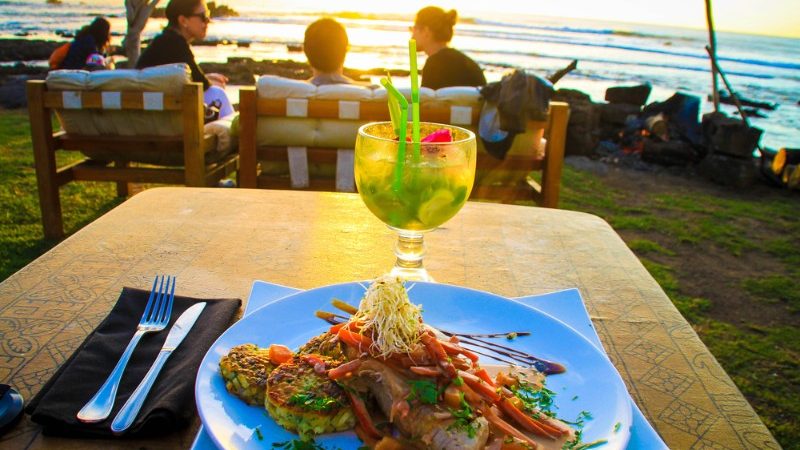
Photo by Inspired By Maps.
One of the greatest perks of island living is the 24-hour access to fresh seafood. And Rapa Nui is no different. Considering its nearest neighbouring land is a casual five-hour flight away, I would recommend eating as local as possible. And that means more tuna, mahi, swordfish, lobster and shrimp than you can stomach.
Definitely try a traditional Umu Rapa Nui, a dish that is cooked in a hole in the ground using firewood, hot stones and plantain leaves. It’s a mixed bag of delicious chicken and fish, followed by sweet potatoes, taro and tapioca and is eaten as a whole community. Also, try the pineapples (they’re tiny!), and the tuna and cheese empanadas. Que bueno!
Interested in exploring Easter Island? Of course you are! Check out our 4-day Easter Island experience now.
Feature image by April Wong.

